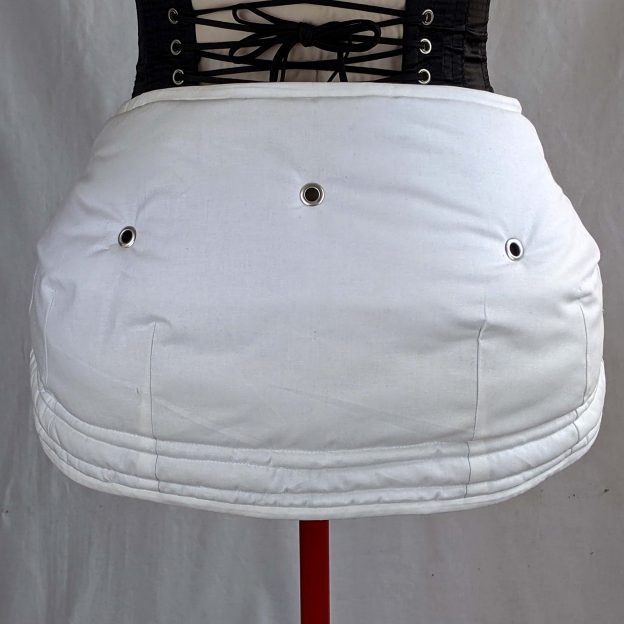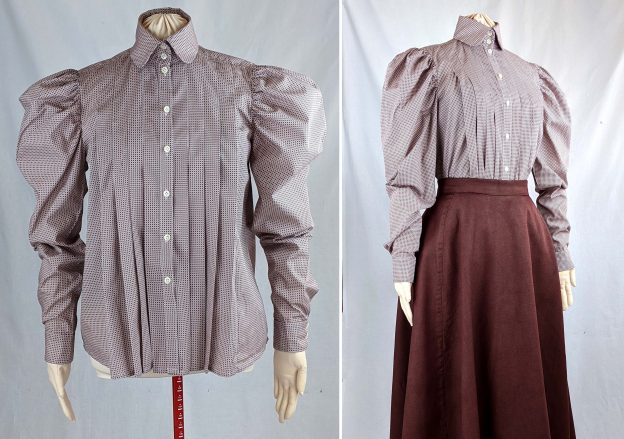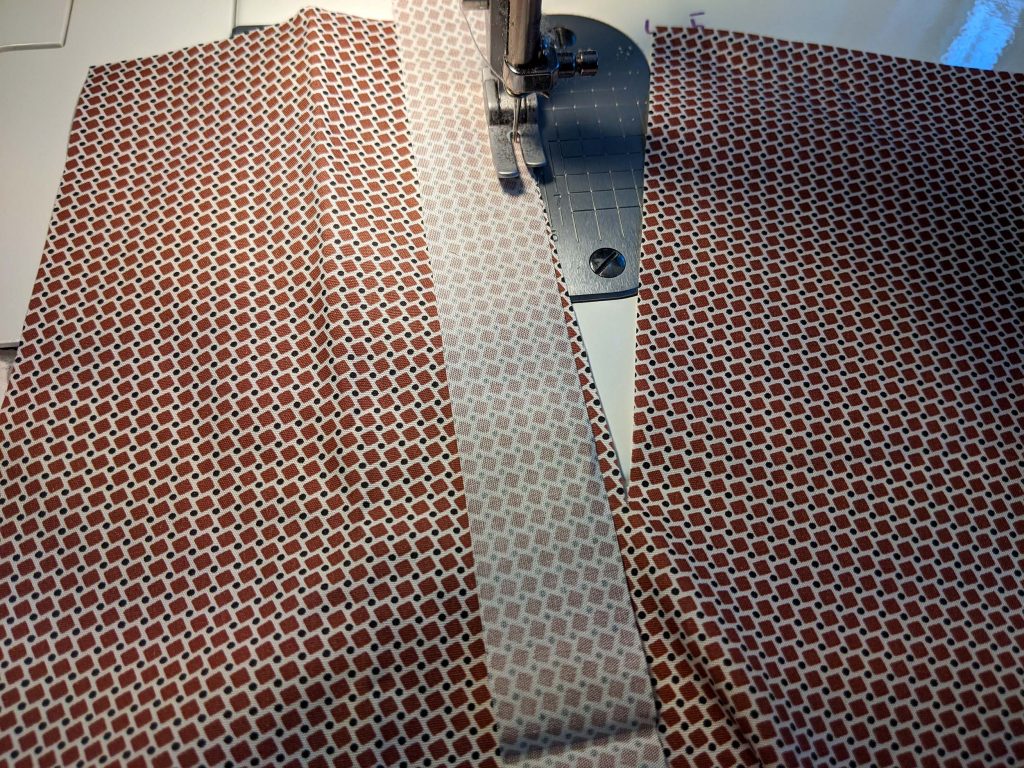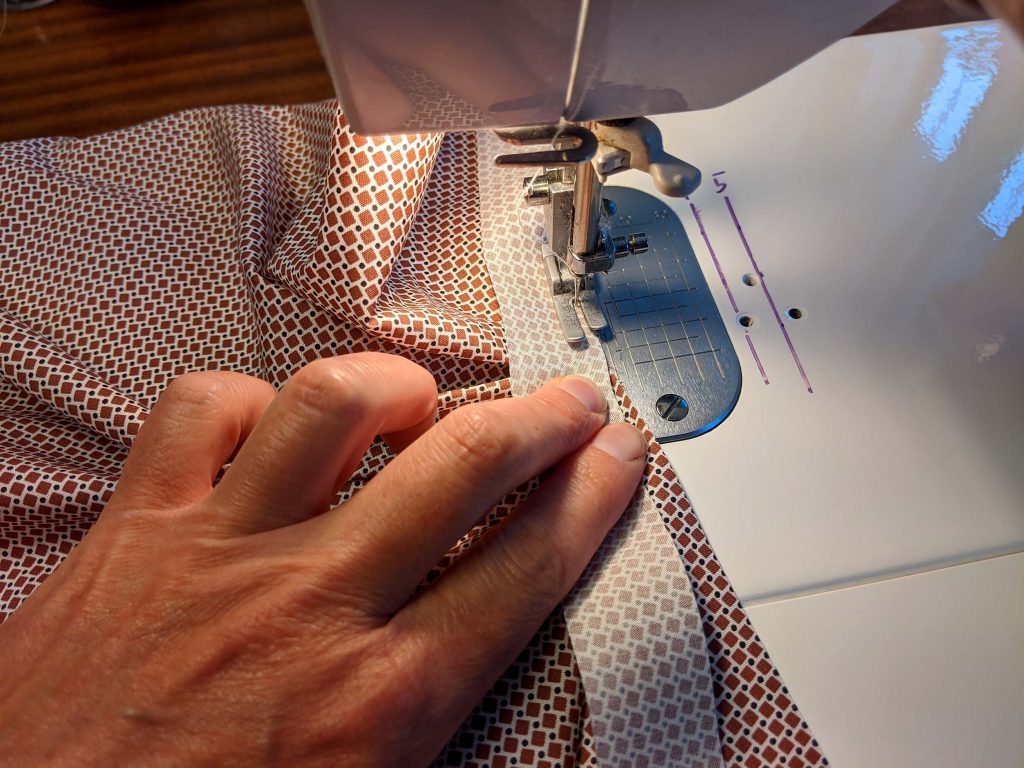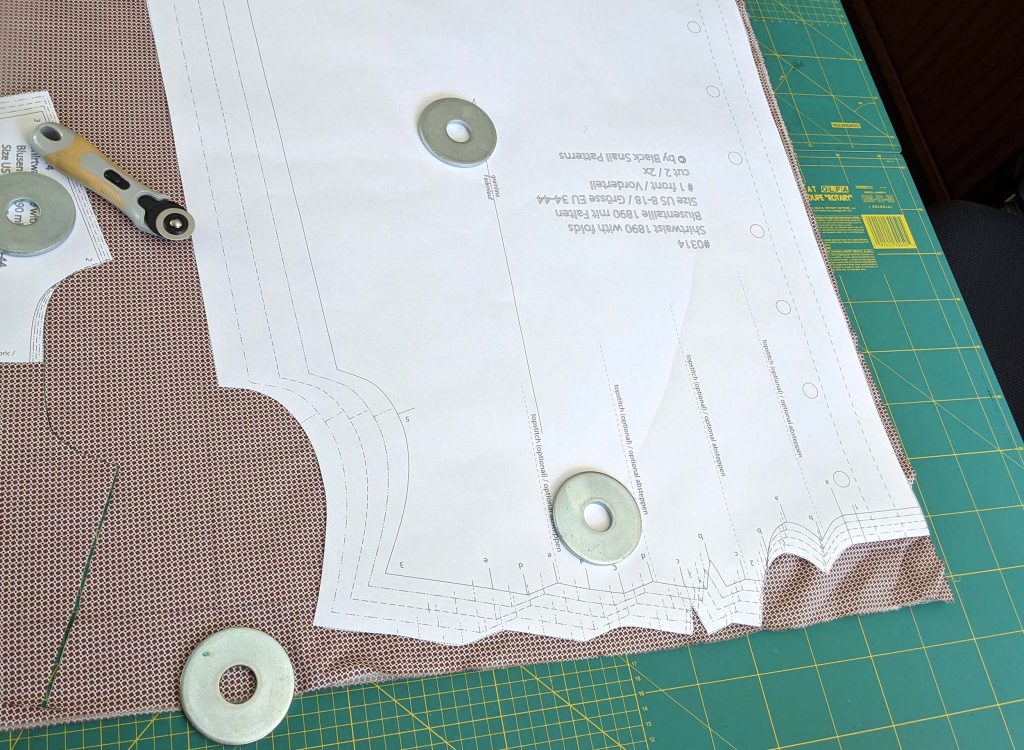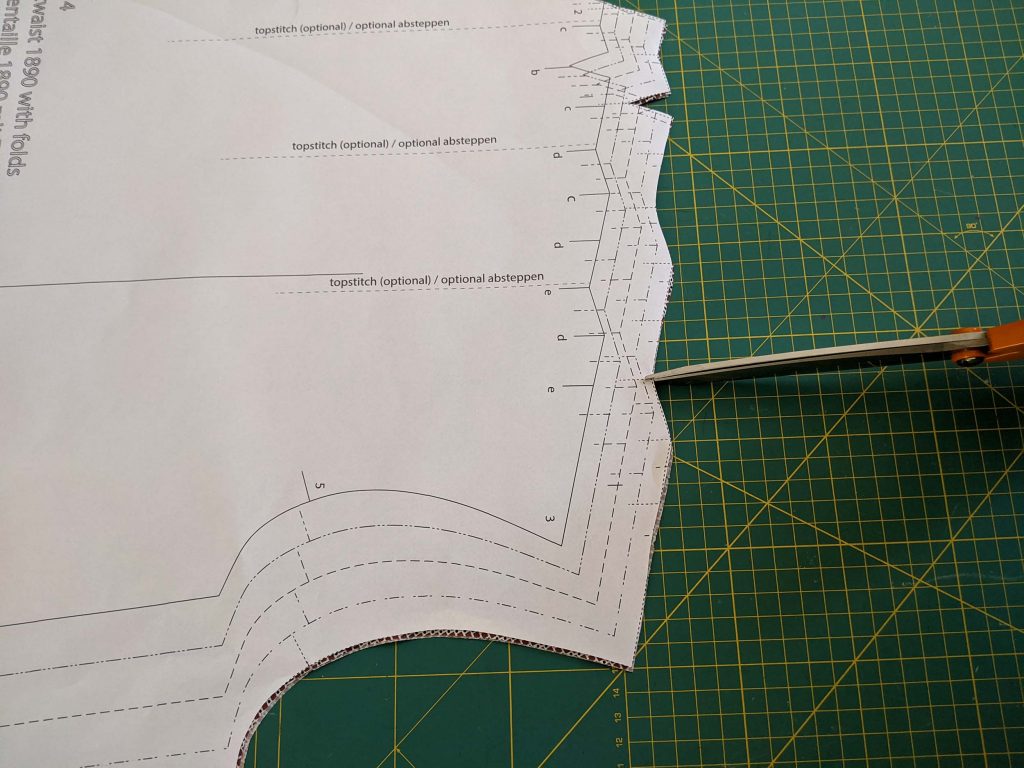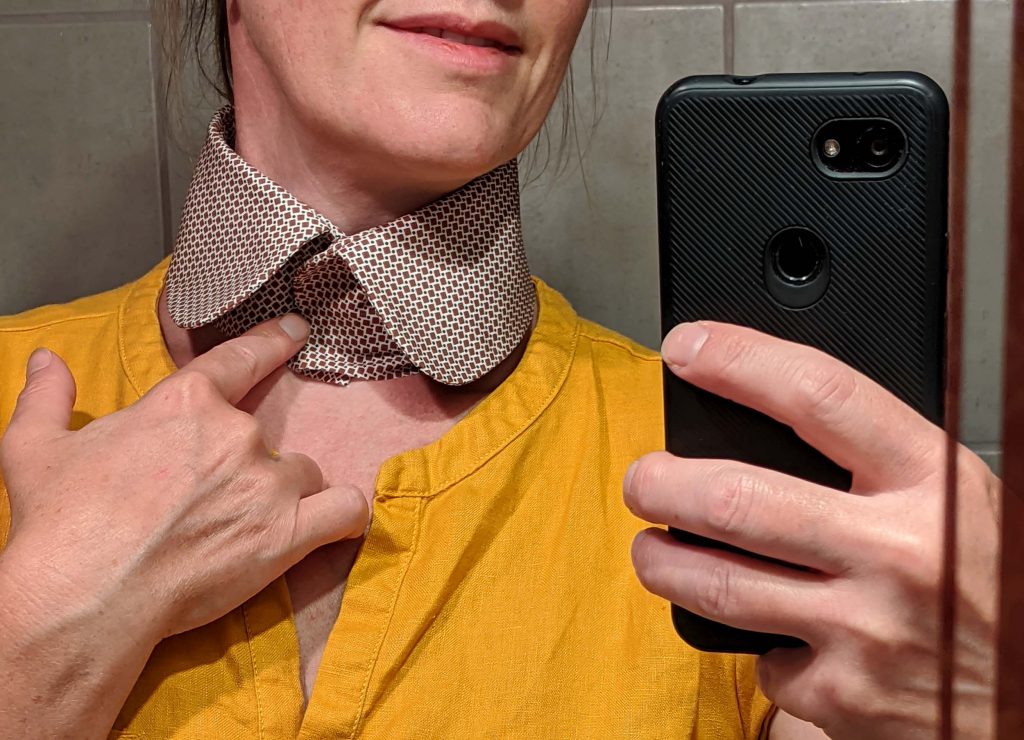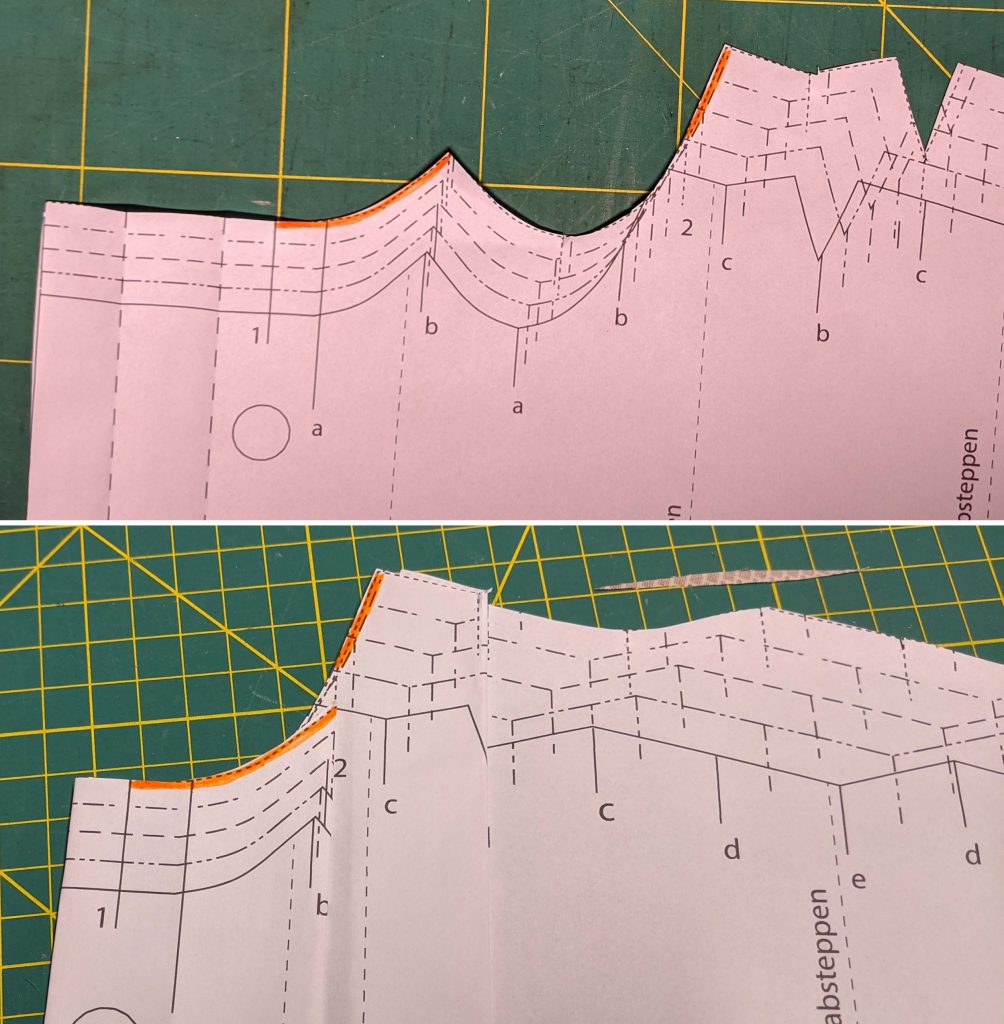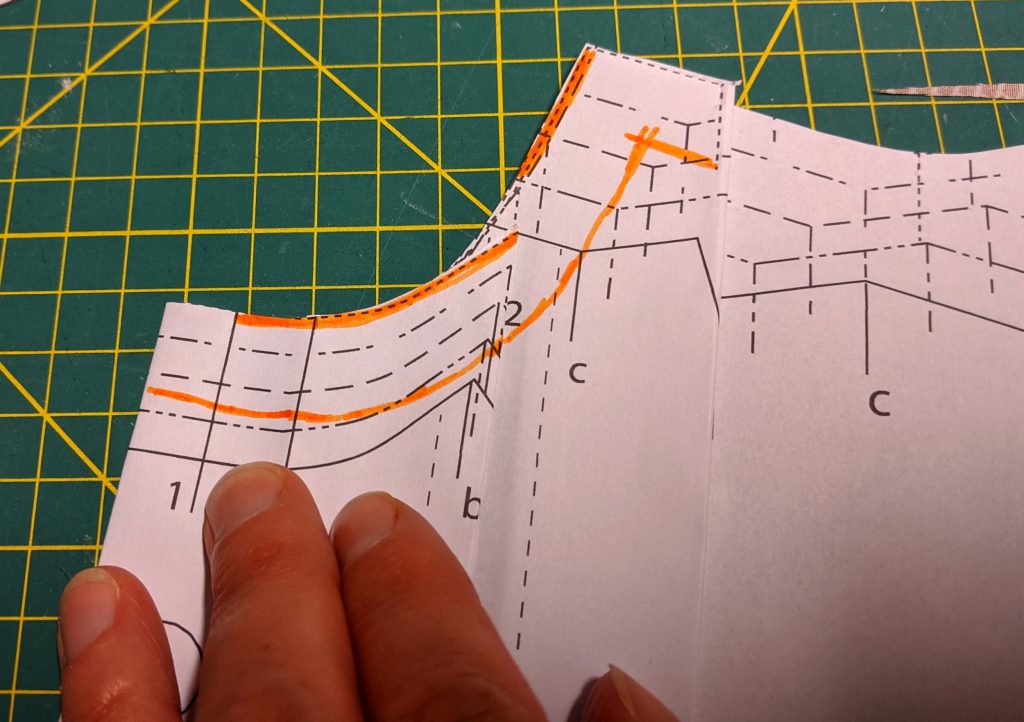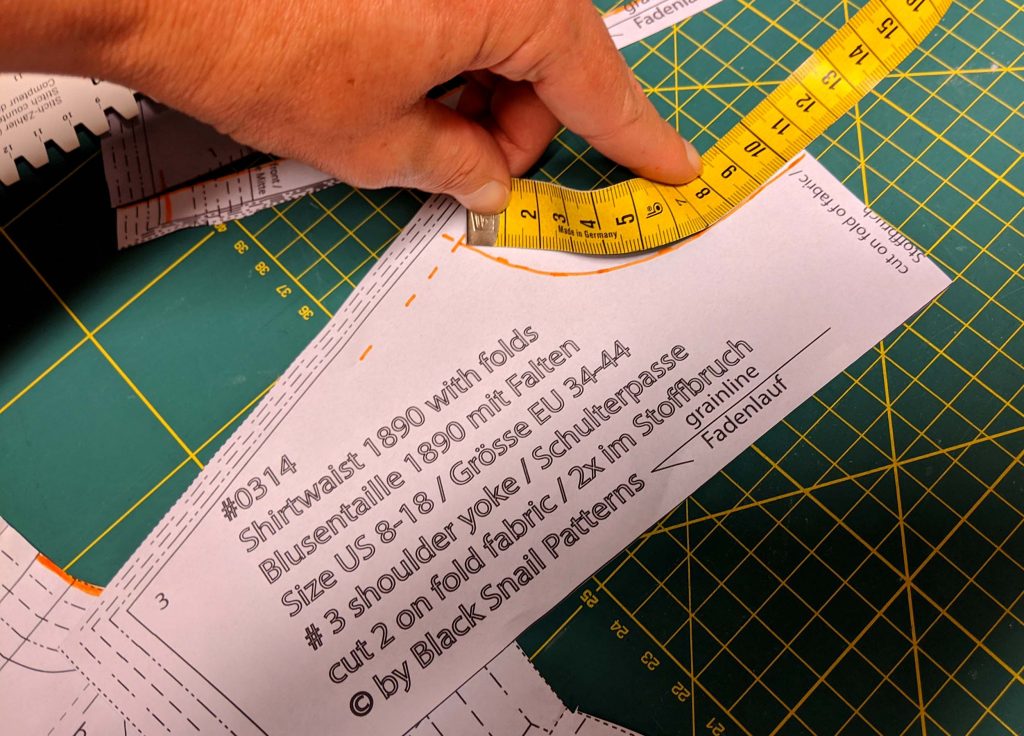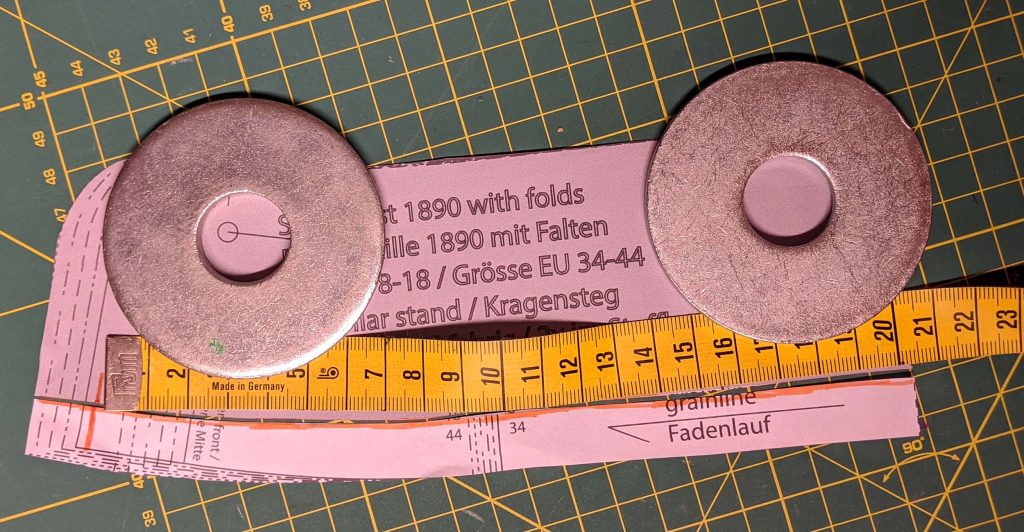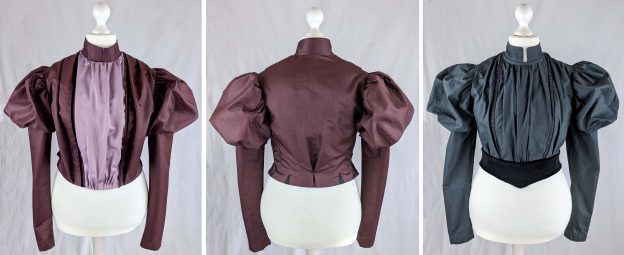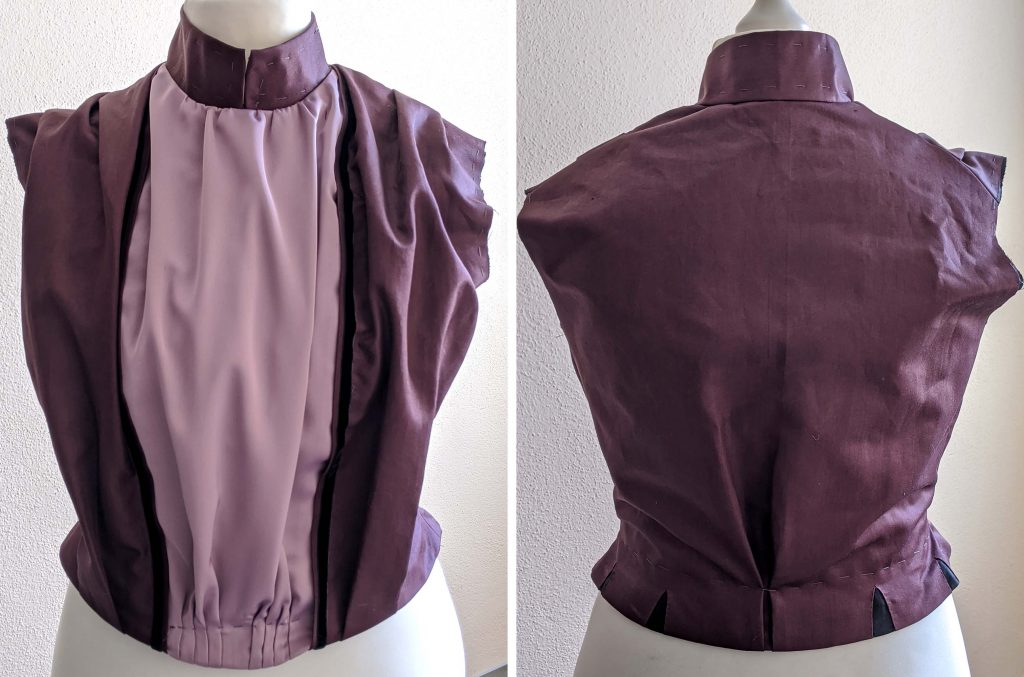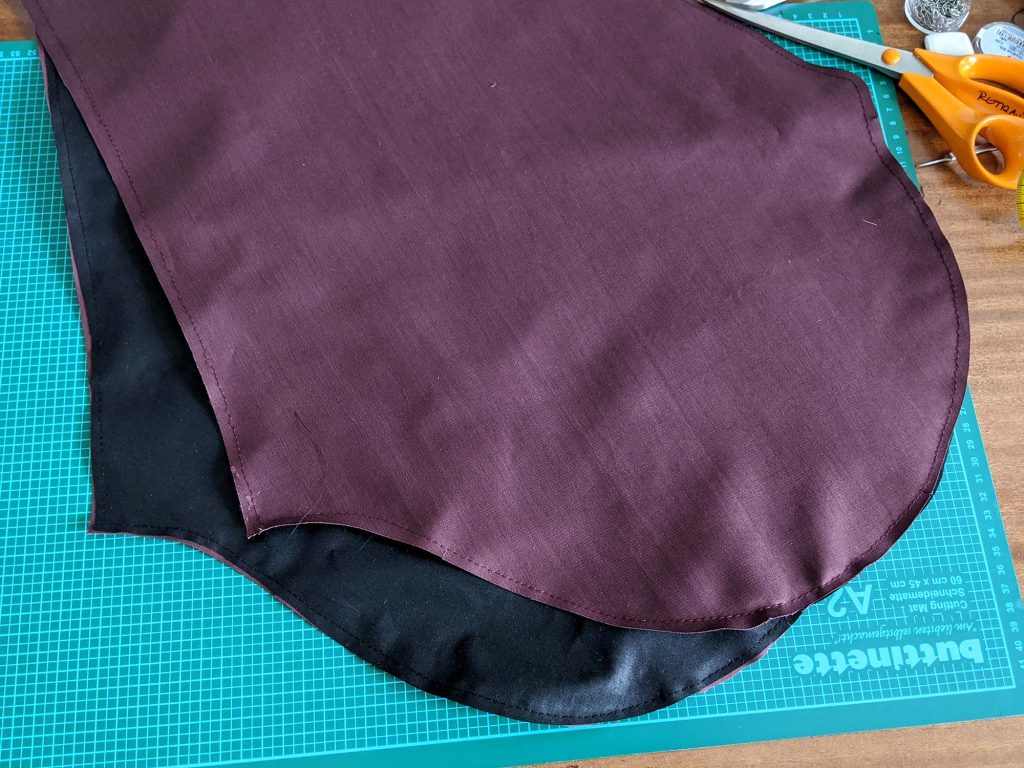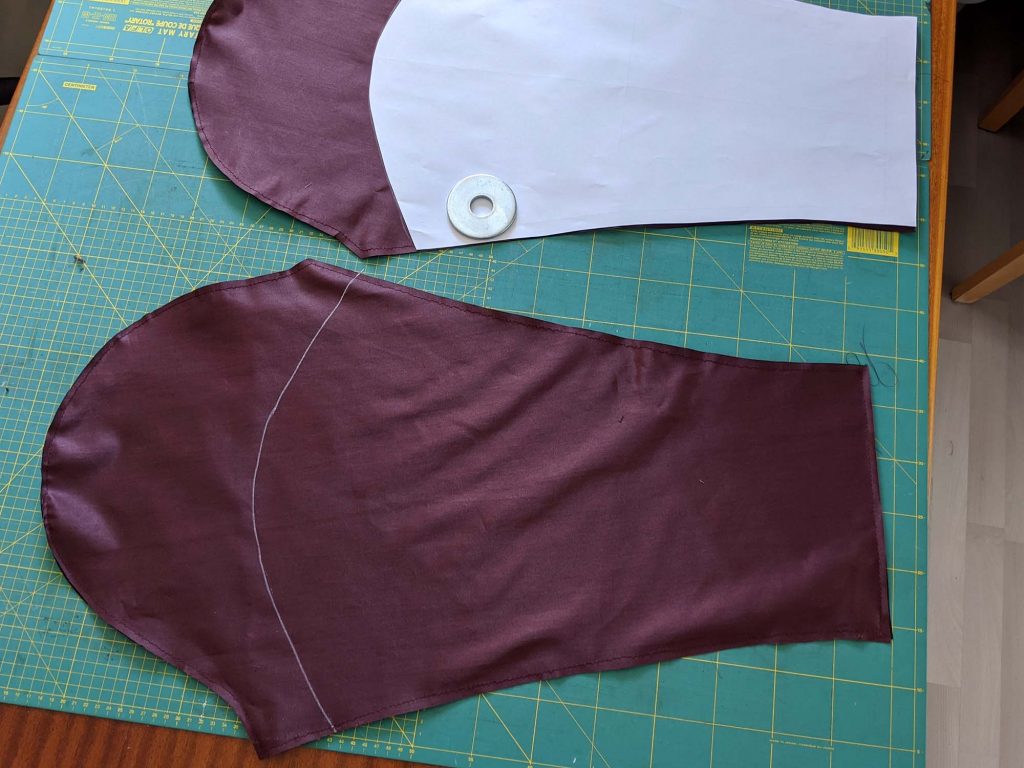About 1885 the large bustles of the previous decades started to disappear. That didn´t mean, that the bustle itself disappeared completely. To achieve the fashionable shape, many women helped out with smaller bustle pads, giving the body the desired shape, featuring a small waist and wide hips. The difference is obvious! These bustle pads were worn until about 1910, when the silhouette became slender.
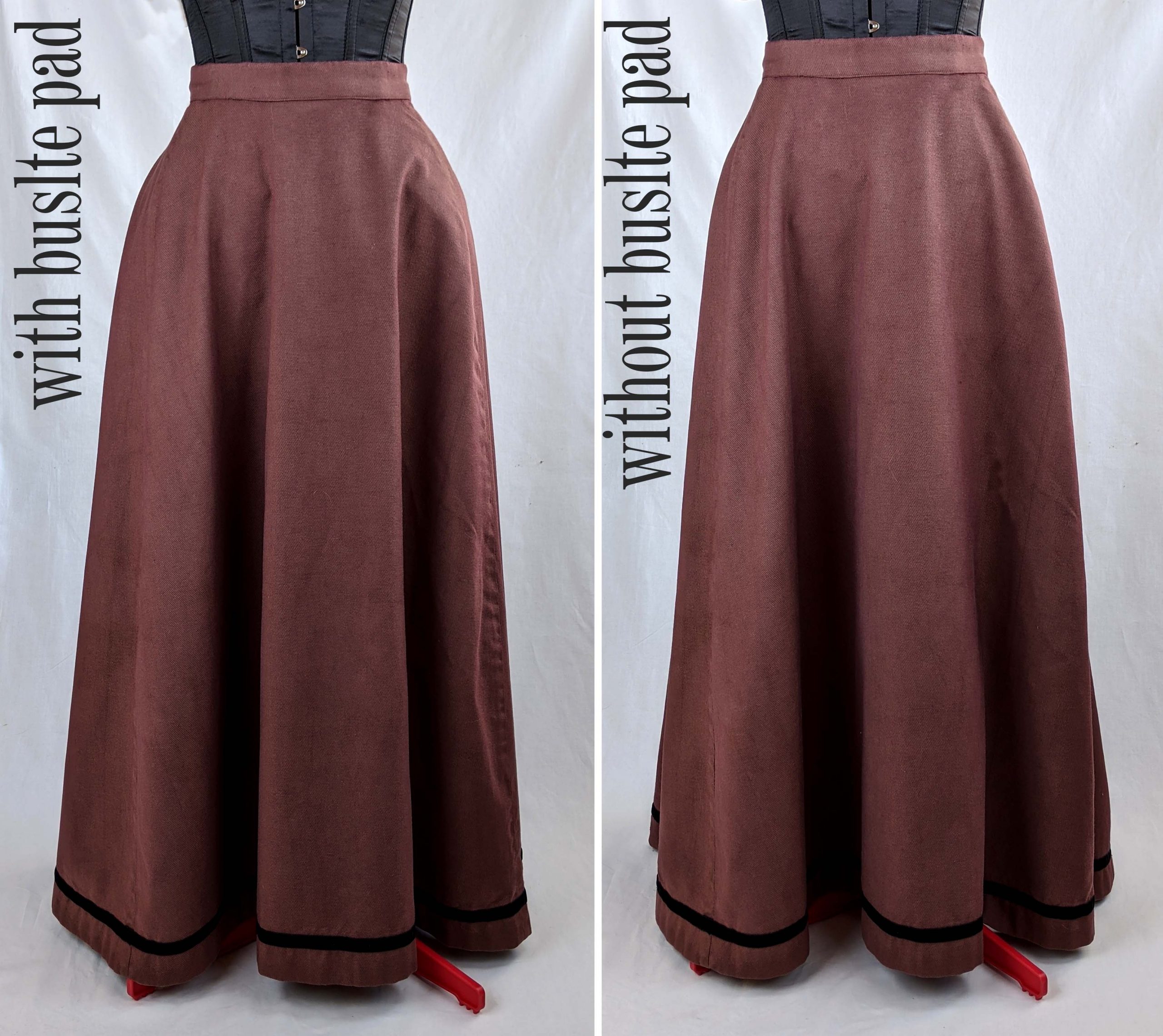

Let´s sew your own bustle pad with this free pattern and tutorial!
Bustle Pad US 8-18 (EU 34-44) Bustle Pad US 20-30 (EU 46-56)
Continue reading
